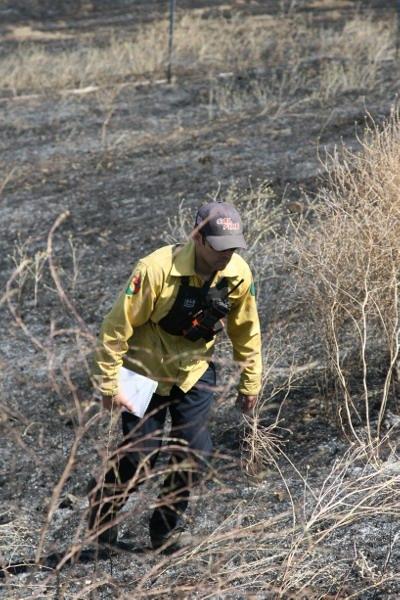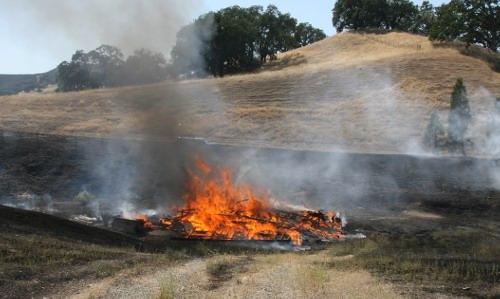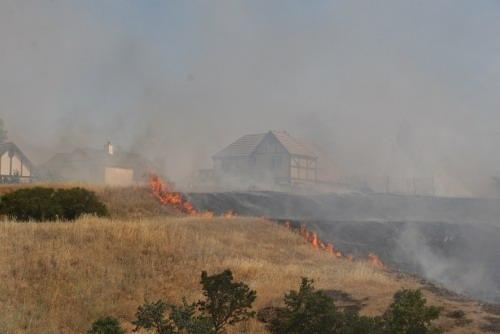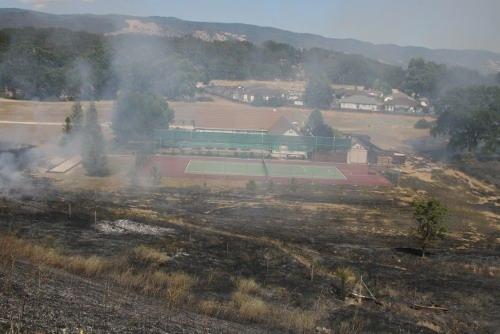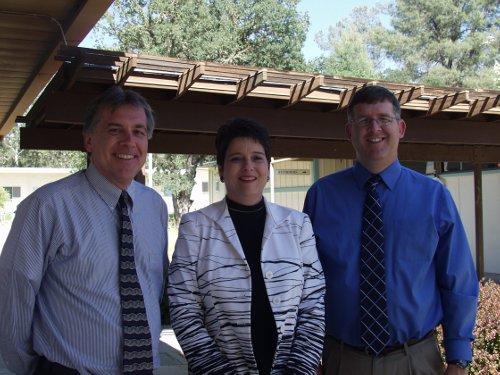- Dennis Fordham
- Posted On
Estate planning: The attorney-client relationship
On these occasions, however, I sometimes find it a little awkward to explain to them that I must also meet alone with the clients sufficiently in order to discuss their major decisions.
As explained below, there are very legitimate reasons why I, and any other attorney, must insist on meeting with the elderly clients alone.
First, an attorney is required to faithfully and confidentially serve the interests of his client(s) only. For that reason, the attorney must meet alone when discussing the client’s important estate planning decisions. The attorney can then assure his clients that he works for them only and that he would not divulge any confidences to anyone else (except with the client’s own permission).
With these assurances, the attorney is more likely to get to know his clients, their circumstances and their desires, and so become reasonably certain about his client’s true wishes.
On the other hand, were the client’s children to participate at the meeting the children might take charge of the discussion and might prevent the elderly parent(s) from saying something that they would prefer not to say with the children listening.
A confidential meeting protects both the attorney and the client’s true objectives should someone later-on, in attacking the estate plan, allege that the estate plan is the product not of the client’s wishes but of someone else’s wishes.
Next, the attorney must also be satisfied that the client has the required mental capacity to sign estate planning documents. That is, he must examine the elderly clients’ abilities to communicate and understand what is being discussed; to understand and appreciate the nature and consequences of their decisions to themselves and others; and to make reasoned choices.
For example, in order to sign a will, a person must understand that a will takes effect at death and that it directs the distribution of their estate. They must also know the character and extent of their assets (e.g., that they own a home, two cars, a savings and a checking account), and know and recollect their close family members. And, they must be able to devise a way of giving what they have to whom they want.
If the attorney is uncertain about a client’s mental capacity he may wish to see the client again at a time when the client may be more alert. He may also want to seek the opinion of the client’s primary care physician, or if necessary a specialist, regarding the client’s mental capacity. Where possible, these alternatives should be first discussed privately with the clients.
Even with testamentary capacity present, the attorney also needs to know that the client is acting out of free will and is not subjected to “undue influence” of others pressuring the client about their estate planning.
Consider an elderly person who lives with one child, or spends time only with one child, who is isolated and does not communicate much with other friends and family. One can easily foresee in that case how other interested persons could later on allege that undue influence was exerted over the elderly person in order to attack the estate plan as someone else’s wishes.
Lastly, after as a sufficient meeting, the family can return to the room. Then, they may perhaps provide further relevant information and the attorney, with the client’s permission, may answer some questions. The purpose after all, is not to distance anyone but to do right by the client.
Dennis A. Fordham is an attorney licensed to practice law in California and New York. He earned his bachelor's degree at Columbia University, his juris doctorate at the State University of New York at Buffalo, and his LL.M in taxation at New York University. He concentrates his practice in the areas of estate planning and aspects of elder law. His office is at 55 First St., Lakeport, California. He can be reached by e-mail at dennis@dennisfordhamlaw , com or by phone at 707-263-3235.

 How to resolve AdBlock issue?
How to resolve AdBlock issue? 
